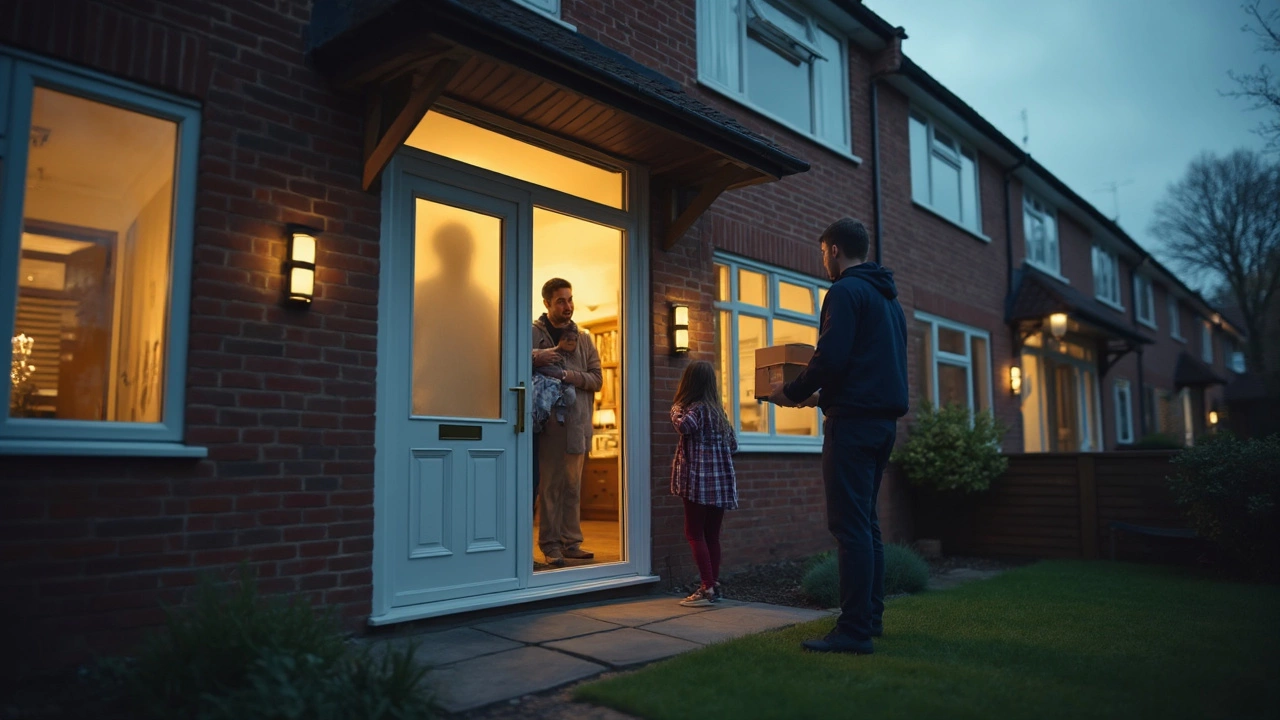Ever wonder why some cameras keep filming all day and night while others only start when they sense motion? That’s the difference between continuous recording and motion‑triggered clips. With continuous recording, every second is saved, so you never miss a moment – even if a thief walks by slowly or a pet sneaks around when the motion sensor thinks it’s fine. For most homeowners, having that full‑time eye on the property gives peace of mind that a quick snapshot can’t match.
Continuous recording simply means the camera writes video to a storage device without pausing. Most modern systems use either a local micro SD card, a Network Video Recorder (NVR), or cloud storage that can handle the constant data flow. The camera’s sensor captures frames at a set frame‑rate (usually 15‑30 fps) and the encoder compresses the footage on the fly. Because the video is always on, you can rewind to any point in time – perfect for checking exactly when something happened.
One thing to keep in mind is bandwidth. If your camera streams to the internet 24/7, you’ll need a decent upload speed to avoid lag. Many users opt for a hybrid setup: the camera records locally all the time, and only uploads motion clips to the cloud. That way you get the safety net of full footage at home and the convenience of remote access for key moments.
First, look at storage capacity. A 64 GB micro SD card can hold about a week of 1080p video at 15 fps, while a 256 GB card might stretch to three weeks. If you need longer archives, consider a small NVR with a hard drive – 1 TB can store months of footage for a few cameras.
Power is the next big factor. During a blackout, most cameras will stop recording unless you have a backup. Battery‑powered cameras can run for days, but they often switch to motion mode to save juice. For true continuous recording, connect the camera to an uninterruptible power supply (UPS) or use a solar‑backed system if you’re off the grid.
Privacy concerns also pop up. Continuous footage can capture neighbours, delivery drivers, or passersby. Make sure your camera angle respects local privacy laws and that you lock down who can view the video. Strong passwords, two‑factor authentication, and regular firmware updates keep hackers out.
Finally, think about your internet plan. If you’re paying per GB, streaming nonstop video could add up. Some providers offer unlimited data for security devices – call them and ask. Or choose a camera that records locally and only uses the internet for alerts and occasional playback.
In short, continuous recording gives you the most complete picture of what’s happening around your home, but it does require a bit of planning around storage, power, and privacy. Pick a camera that fits your budget, set up reliable storage, and make sure you have a backup power source. Once everything’s in place, you’ll have peace of mind knowing that every second is captured – no surprises, just solid protection.

Curious if your Ring doorbell captures everything 24/7? This article breaks down exactly how Ring records, what triggers it, and what options you have for storage. Learn the facts about motion alerts, live view, and how to make the most of your video doorbell. We’ll touch on privacy concerns and some tips to get more from your Ring device. If you want practical advice about using Ring for your home’s security, you’re in the right place.